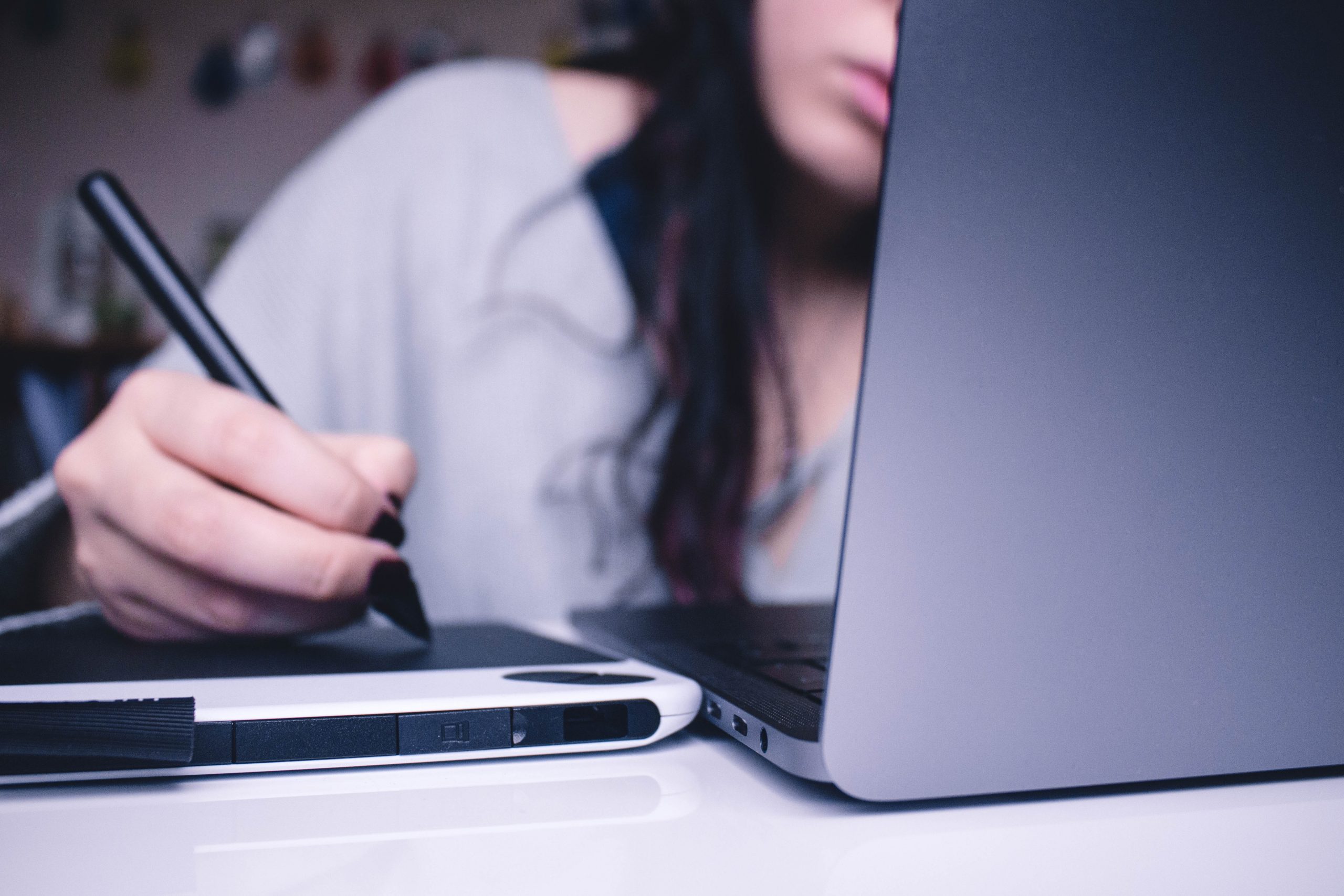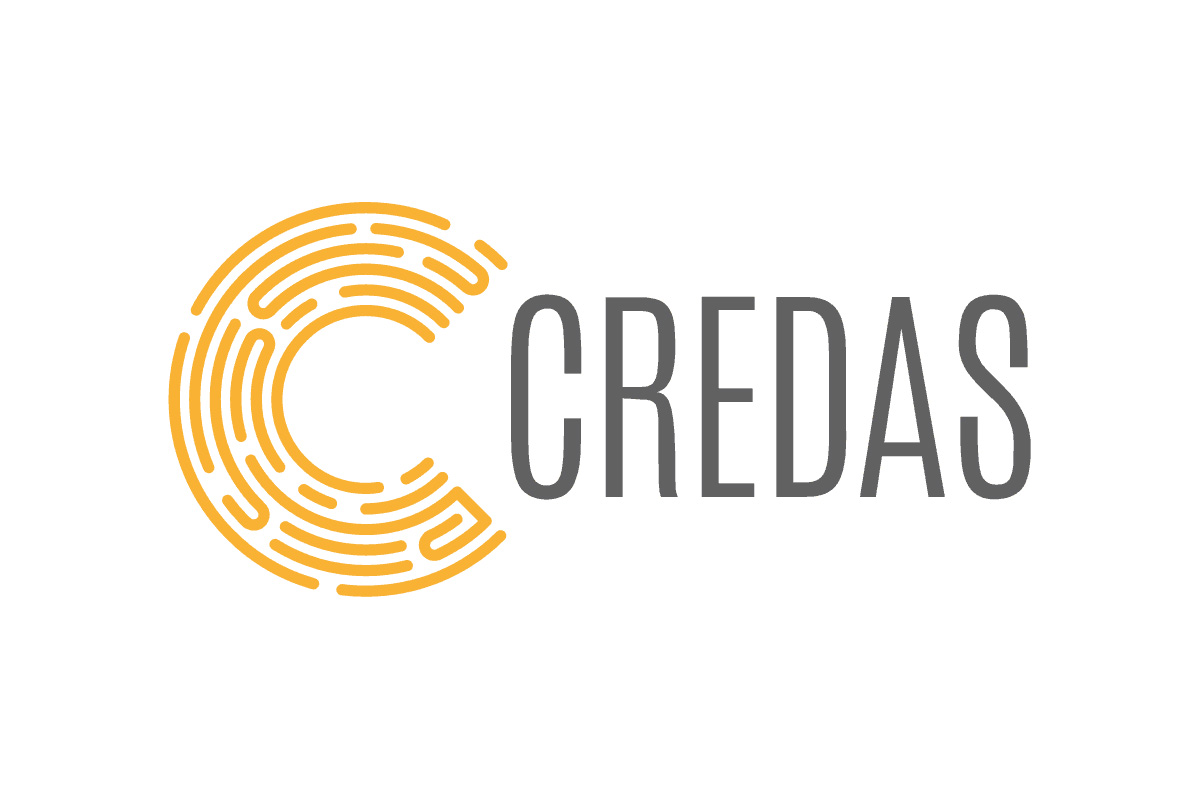Great pains have been taken to restore traditional artworks, yet as the use of digital art expands, so too does the need to devise reliable ways to both conserve and restore existing works. As stated by Medium’s Art Acacia, digital art is selling at values once thought only possible for the work of great masters.

Recently, for instance, a digital installation by Addie Wagenknecht fetched $16,000 at a Phillips auction – indicating the important position that digital art now holds in the industry. The good news for digital artists worried about the future of their creations is that The Guggenheim Museum and New York University found a way to preserve digital works that is predicted to counteract the inherent fragility of digital art.
Why Is Digital Art Vulnerable?
With cloud technology, most art lovers would figure it would be pretty easy to store digital art in its original state, but as stated by researchers at New York University, digital art is equally susceptible to the ravages of time, since its underlying technologies – such as programming language and operating systems – change regularly and quickly, placing the permanence of artworks at risk. The Guggenheim Museum and New York University’s Courant Institute of Mathematical Sciences, however, have found a way to preserve computer or time-based art, with three works (by Shu Lea Cheang, Mark Napier, and John F. Simon Jr.) now perfectly conserved.
Digital Creation Is Rampant
Today, digital art is created on a daily basis by professional and budding artists alike. Children, for instance, learn from a young age to draw simple forms like cats and dogs, usually on paper, but eventually, on digital apps available on their tablets. There is something inherently appealing about natural forms and animals, and even those without a natural leaning towards the arts can benefit from the benefits of learning techniques such as proportion, lighting and shading. The widespread use of tablets and dedicated software to create artistic works over one’s lifetime means that each creator can have a considerable collection of personal art. What techniques have been devised to save this collection, and will this be accessible to everyday creators?
Digital Art Restoration Is Both Objective And Subjective
The Guggenheim and NYU team used both technical and theoretical/subjective approaches when it came to restoring the above-mentioned artworks. The problems they faced were various. In some works, specific pages were no longer accessible; in others, images did not display currently. Additional problems included broken links. The nature of the errors could lie with programming, function, or visual behaviors. The team began by looking at the original artwork and analyzing its source code and visual and functional behaviors. They then rewrote the code and developed a new migration strategy. So-called ‘code resituation’ permitted them to preserve as much of the original source code as possible.
The team summarized the main changes they made to Cheang’s work, entitled BRANDON: “BRANDON’s Java applets were replaced with JavaScript functions and animated GIFs. Deprecated HTML tags that previously specified BRANDON’s styling of text and pages were replaced with CSS styling, and HTML framesets were replaced with tables and iframes.” The team also obtained static user data sets from a MySQL database for inclusion into the code
Technology is playing an important role in preserving digital works that may contain broken links, or present visual or functional problems. Recently, a team comprising members of the Guggenheim Museum and New York University used both technical and subjective approaches to restore original works. The aim was to preserve as much of the original code as possible, while making important improvements in appearance and function.







Leave a Reply